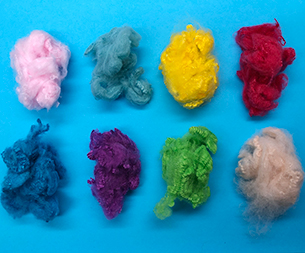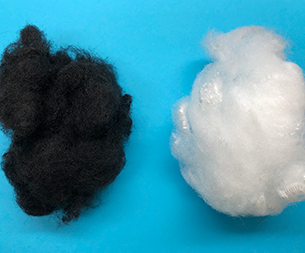According to customs statistics, my country imported 350,000 tons of cotton yarn from January to February 2021, a year-on-year increase of 24.7%; cotton yarn imports amounted to US$858.8 million, a year-on-year increase of 30.4%; among them, imports of 210,000 tons in January and 140,000 in February Ton. Imports of cotton yarn in the first two months of 2021 are higher than 70,000 tons in the same period in 2019, an increase of 25%.
The above data shows that despite the impact of unfavorable factors such as the new crown epidemic, the delayed resumption of production and production of weaving and clothing companies, and the upgrade of epidemic prevention and control, the import of cotton yarn from January to February 2020 is still basically the same as the first two months of 2019. From the perspective of cotton yarn import structure, Vietnam, India, and Pakistan still rank in the top three, but it is worth noting that the gap between India’s cotton yarn imports and Vietnam’s The gap in import volume has gradually widened.
The reasons for the strong rebound in 1-2 cotton yarn imports and imports in 2021 include the following points in addition to the low base of imports in the same period in 2020 and the impact on port handling and shipping under the epidemic:
First, around the Spring Festival, the quotations of domestic cotton yarns rose rapidly with the sharp rebound of ICE and Zheng Cotton (the increase even exceeded Zheng Cotton), and the price advantages of port bonded, cargo from India, Pakistan and Vietnam appeared;
Second, since 2021, affected by the US quantitative easing fiscal stimulus and the Fed’s ultra-loose monetary policy, the appreciation of the renminbi has continued, and the renminbi has appreciated by 0.83% in January;
Third, after Biden took office, the import ban on Xinjiang cotton products has not been revoked. Export-oriented enterprises and processing companies are forced to continue to purchase cargo and bonded foreign yarn to replace cotton yarn and cotton textiles containing Xinjiang cotton to avoid being protected by US customs and borders. The risk of temporary detention by the bureau and failure to perform the contract in time;
Fourth, orders for domestic weaving, clothing, domestic and foreign trade are relatively smooth around the Spring Festival of 2021, and the production and sales rate is high. The situation for resumption of work and production is very ideal. However, cotton yarn inventories of yarn mills and domestic traders are generally low. In order to meet production and speed up delivery However, downstream enterprises have high enthusiasm for inquiries and purchases of bonded and spot India, Vietnam, and Pakistan yarns.
According to the survey, although China’s exports of textile yarns, fabrics and products from January to February 2021 were US$22.134 billion, an increase of 60.8% year-on-year, the performance of cotton yarn exports was relatively inferior (mainly high-count carded cards of 40S and above). , Combed yarn), the export volume of pure polyester yarn was 75,000 tons, a year-on-year increase of 25.1%, and an increase of 20.4% compared with 2019; the export volume of rayon yarn and blended yarn also increased significantly in January and February. The slow export growth has eased the pressure and relieved the siege. (Nonsense)
- Polypropylene staple fiber is th
- The tariff problem has hit the s
- Haibang leads the innovation and
- The influence of RMB appreciatio
- The important role of polypropyl
- Under the recovery of global tra
- The unique performance of polypr
- What challenges does the textile
- Taizhou Hailun Chemical Fiber Co
- How does Keqiao take new quality
- Markets
- Automotive Products
- Nonwoven Lining
- Geosynthetics
- Liquid Filtration
- Apparel and Textiles
- Hygiene Products
- Building and Construction
- Other Markets
- Contact Us
- Contact Haibang





